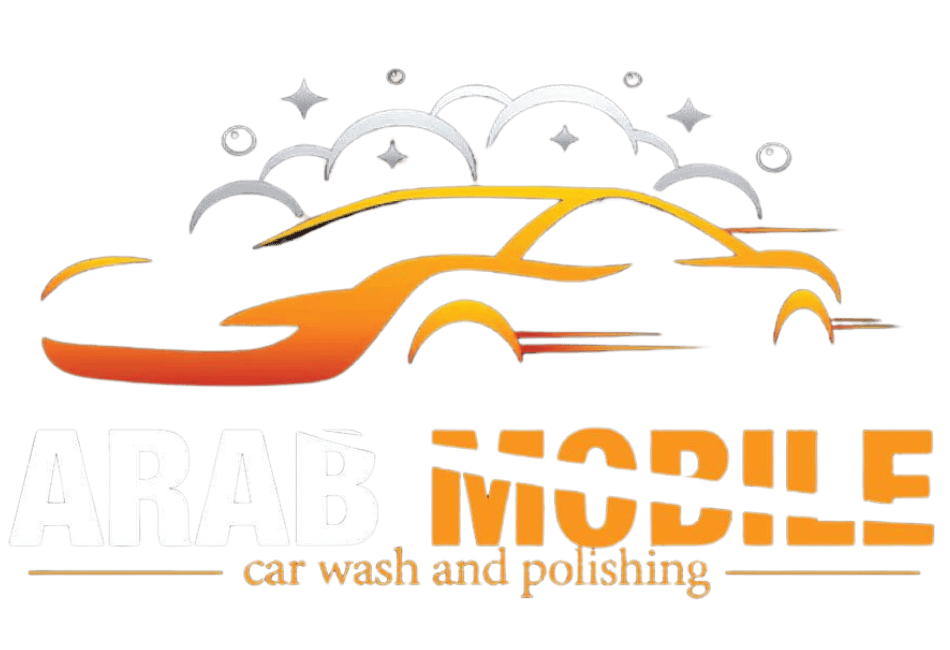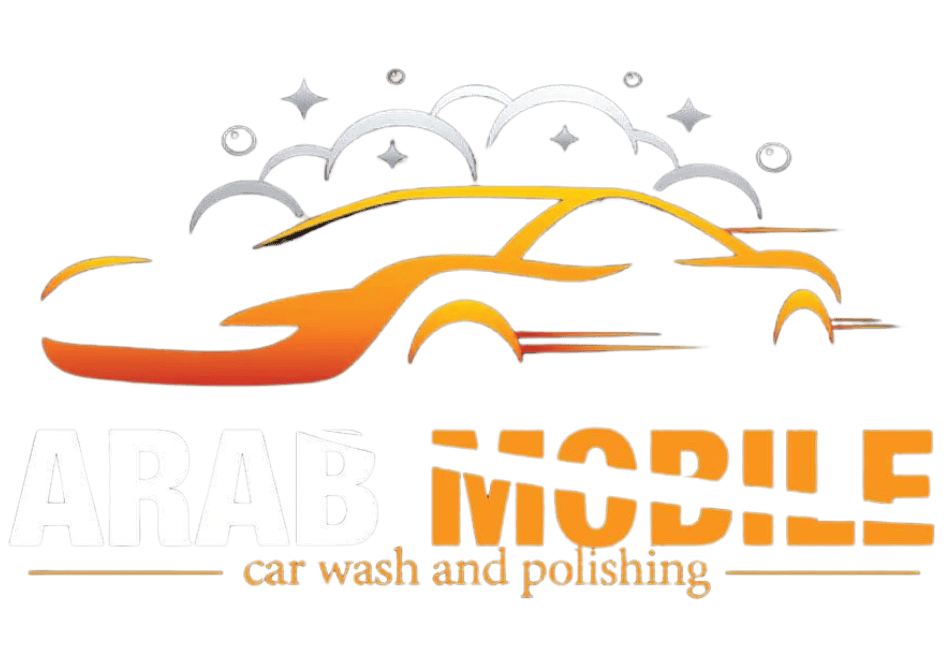Washing your car at home can be a rewarding and cost-effective way to keep it looking its best. However, many DIY enthusiasts and car owners unknowingly make mistakes that can actually damage their vehicle’s finish. From using the wrong products to improper washing techniques, these errors can lead to scratches, swirl marks, and even premature paint damage. This article will outline the top 5 mistakes to avoid when washing your car at home, ensuring a sparkling clean and protected finish. We’ll also touch on some specific considerations for car owners in regions like Abu Dhabi, where harsh environmental conditions require extra care.
Introduction: The Importance of Proper Car Washing
Your car is more than just a mode of transportation; it’s an investment. Regular washing not only enhances its appearance but also protects its paint from the damaging effects of dirt, grime, road salt, bird droppings, and UV radiation. While professional detailing services offer excellent results, washing your car at home can be just as effective if done correctly. However, improper washing techniques can do more harm than good. This is especially true in regions like Abu Dhabi, where extreme heat, sandstorms, and high humidity can accelerate the deterioration of a car’s finish. Therefore, understanding and avoiding common car washing mistakes is crucial for maintaining your vehicle’s value and appearance.
Mistake #1: Using Household Cleaning Products
One of the most common and damaging mistakes is using household cleaning products like dish soap, laundry detergent, or all-purpose cleaners to wash a car. These products are formulated for specific purposes and often contain harsh chemicals and degreasers that can strip away the protective wax and sealant from your car’s paint. This can lead to oxidation, fading, and even cracking of the clear coat.
- Why it’s harmful: Household cleaners are designed to break down grease and grime on surfaces like dishes and floors. They are too harsh for the delicate clear coat of a car, which is designed to protect the underlying paint. These products can also dry out rubber seals and plastic trim, causing them to crack and fade.
- The right approach: Always use car wash soap specifically formulated for automotive finishes. These soaps are pH-balanced and contain lubricants that help lift dirt and grime without scratching the paint. Look for soaps that are labeled “wax-safe” to ensure they won’t strip away your existing wax protection.
- Considerations for Abu Dhabi: The intense heat in Abu Dhabi can exacerbate the drying effects of harsh cleaning products. Using a dedicated car wash soap is even more critical in this climate to prevent premature paint damage.
Mistake #2: Using Dirty Sponges or Rags
Using a dirty sponge, wash mitt, or rag is like scrubbing your car with sandpaper. Dirt and grit trapped in the cleaning material can cause scratches and swirl marks, especially on dark-colored cars.
- Why it’s harmful: Even small particles of dirt and debris can act as abrasives when rubbed against the car’s surface. Swirl marks, those fine circular scratches visible in sunlight, are often the result of using dirty washing tools.
- The right approach: Use high-quality microfiber wash mitts or sponges designed for car washing. Microfiber is soft, absorbent, and effectively traps dirt and grime. Always rinse your wash mitt frequently in a separate bucket of clean water to remove any trapped dirt.
- The two-bucket method: Employ the two-bucket washing method: one bucket filled with soapy water and the other with clean rinse water. Dip your wash mitt into the soapy water, wash a section of the car, then rinse the mitt thoroughly in the clean water before dipping it back into the soapy water. This prevents transferring dirt back onto the car’s surface.
- Considerations for Abu Dhabi: Sand and dust are prevalent in Abu Dhabi, making it even more important to use clean washing tools and rinse them frequently. Consider using a grit guard in the bottom of your rinse bucket to further prevent dirt from being picked up by the wash mitt.
Mistake #3: Washing in Direct Sunlight
Washing your car in direct sunlight can cause the soap and water to dry too quickly, leaving behind water spots and streaks. It can also heat up the car’s surface, making it more susceptible to scratches.
- Why it’s harmful: When soap and water dry quickly on a hot surface, minerals and impurities in the water are left behind, creating unsightly water spots. The heat can also soften the paint, making it more vulnerable to scratches during the washing process.
- The right approach: Wash your car in the shade or on a cloudy day. If you must wash it in sunlight, work in small sections, rinsing each section thoroughly before moving on to the next.
- Considerations for Abu Dhabi: The intense sun in Abu Dhabi makes washing in the shade absolutely essential. Even early mornings or late evenings can be too hot for washing a car in direct sunlight.
Mistake #4: Neglecting the Wheels and Tires
The wheels and tires are often the dirtiest part of the car, and neglecting them can detract from an otherwise clean finish.
- Why it’s harmful: Brake dust, road grime, and tar can accumulate on wheels and tires, causing them to look dull and even damage the wheel finish over time.
- The right approach: Use separate brushes and cleaning products for your wheels and tires. A wheel brush can effectively clean the intricate designs of alloy wheels, while a tire brush can scrub away dirt and grime from the tire sidewalls. Use a dedicated wheel cleaner and tire dressing to keep them looking their best.
- Considerations for Abu Dhabi: Sand and dust can quickly accumulate on wheels and tires in Abu Dhabi. Regular cleaning is crucial to prevent buildup and maintain their appearance.
Mistake #5: Drying Improperly
Improper drying can undo all your hard work and leave behind water spots and streaks.
- Why it’s harmful: Allowing the car to air dry can result in water spots as the water evaporates. Using a regular towel can also scratch the paint.
- The right approach: Use microfiber drying towels specifically designed for car detailing. These towels are highly absorbent and won’t scratch the paint. Wring out the towel frequently to maximize its absorbency. Consider using a leaf blower or air dryer to remove excess water before using a drying towel.
- Considerations for Abu Dhabi: The dry climate in Abu Dhabi can make water spots even more prominent. Using a high-quality microfiber drying towel and potentially a drying aid is highly recommended.
Conclusion: Maintaining Your Car’s Shine
By avoiding these top 5 mistakes, you can effectively wash your car at home and maintain its showroom shine. Remember to use the right products, tools, and techniques, and pay attention to the specific needs of your vehicle, especially in challenging environments like Abu Dhabi. Regular and proper car washing not only enhances your car’s appearance but also protects its paint and preserves its value for years to come. By following these car cleaning tips, you can ensure a professional-looking finish without the professional price tag. This article has focused on car washing mistakes, DIY car wash errors, and provided car cleaning tips relevant to car owners in Abu Dhabi and beyond. Remember, a little extra care and attention to detail can make a big difference in the long run.
FAQ’s
- Can I use dish soap to wash my car?
No, dish soap can strip away wax and damage the paint. Use car wash soap.
- What’s the two-bucket method?
Using one bucket for soapy water and another for rinsing your wash mitt to prevent dirt transfer.
- How often should I wash my car?
It depends on your environment, but generally every 1-2 weeks is recommended.
- Is washing my car in the Abu Dhabi sun okay if it’s quick?
No, the intense heat can still cause damage even with a quick wash. Always wash in the shade.
- How can I protect my car from sandstorms?
Regular washing and waxing/sealing can help, as well as using a car cover.
- Does the heat in Abu Dhabi affect how often I should wash my car?
Yes, you may need to wash more frequently due to dust and sand accumulation.

